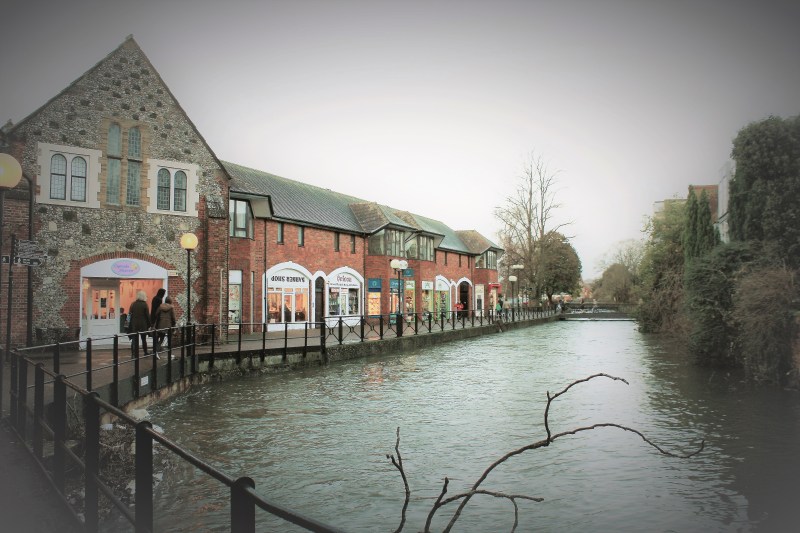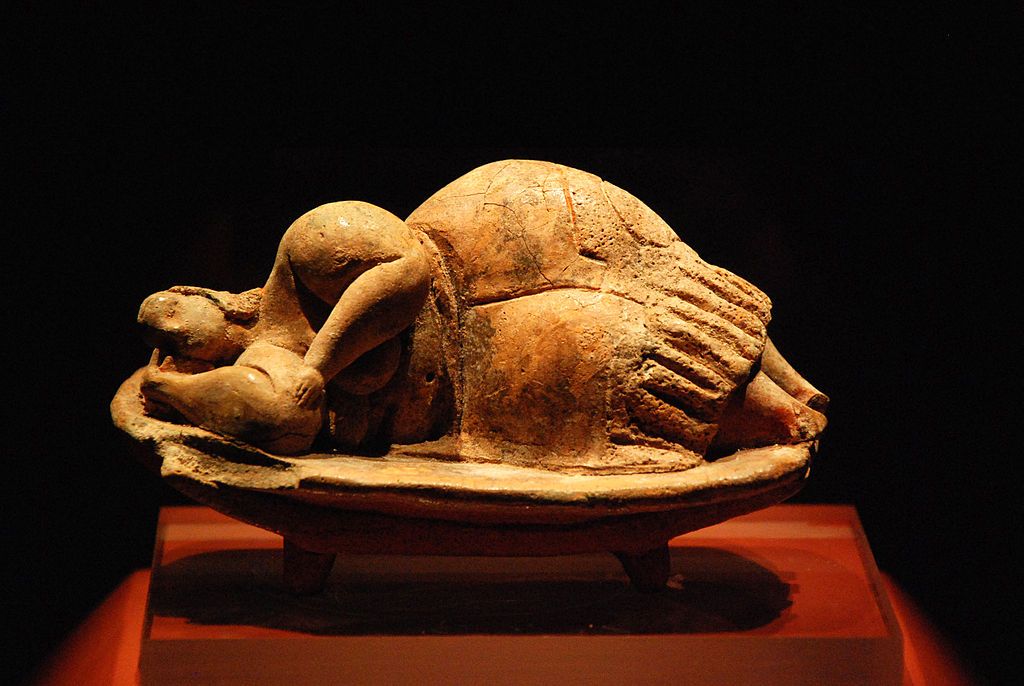A Quick Guide to the History of Salisbury, England
The moment I sunk into the warm mismatched chairs at The Haunch of Venison, I knew that Salisbury was a special place. Sitting down for a hearty meal of soup, bread, and beer in a city so old makes modern problems seem trivial. My thoughts were not on myself, but rather on who was there before me. Did a 14th-century traveller once warm himself by the same fire? Who knows, but my imagination was ignited. Welcome to a tour of the quintessentially English city of Salisbury.



